The Obsœlite Zine #002
"Brutalist Buildings" and things I realized while walking around an imperfect downtown.
Brutalist buildings were my unavoidable muse this past two weeks in the concrete jungle that was Makati City.
In the second issue of The Obsœlite zine, I find out why what is generally regarded as unattractive, or to say it bluntly, just downright ugly, still captures the imagination of some people—me, in particular.
To be brutally honest…
Before we flip through the zine, a bit of context: it has been over four months since I moved to the Philippines’ main central business district, Makati City. Choosing to stay in the heart of the metropolis is not for everyone, but to me, at least, it has far more pros than cons. Considering the traffic, noise, air pollution, and the scarcity of open spaces, being surrounded by other economic hubs such as Manila, Pasay, Taguig, Mandaluyong, and Pasig, makes moving around and conducting business in this highly urbanized region a bit more tolerable.
However, amidst the fast-paced lifestyle I’ve come to embrace to thrive in today’s society, I still find myself needing to slow down regularly. Perhaps it has something to do with my contrarian and introvert proclivities, but as much as I love being a city girl, I end up constantly looking for the quirky, left-of-center alternatives. It can be the occasional craving for a seafood grill in the slew of independent cafés and speakeasies, or the isolation and silence in the sea of commuters, but I catch myself looking for something authentic, different, and edgy, mainly because over the years I’ve always expected Makati to deliver on these things.
In the case of me and my afternoon walks, I’m unable to avoid gawking at the old, ashy structures that punctuate every street of Makati, from up in Poblacion, all the way down in San Lorenzo.
What is Brutalist Architecture?
Brutalist architecture began in the 1950s in the United Kingdom, which helped with the reconstruction of London, and eventually other cities and towns around the world during the post-WWII era. Their “selling point,” as a style philosophy if you will, is their practicality, lack of care for embellishments, and their ability to stand the test of time. As it gained more popularity for its minimalist, exposed concrete aesthetic and sweeping scales, it eventually found itself in numerous government-backed buildings from the 1960s to the early 1990s in the Philippines, as heavily popularized by Filipino architect and national artist Leandro Locsin, particularly in his signature floating volumes.
In recent years, Brutalism has earned itself an iconic status in the country, with the appreciation and preservation of it having a small yet growing following today. Although it can be a highly debated topic to many elsewhere around the world, one cannot deny its commanding existence. Its lines are harsh, and the thick blocks are overwhelming and overshadowing, and that’s probably why I can’t help but also see the beauty in these monstrosities as a speculative/dystopian writer.
Imagining worlds in a dystopian setting becomes much easier when you see the rough edifices standing over you. It helps you visualize a clear, imperfect future, because there is no such thing as a perfect one anyway, allowing us to stay grounded. It’s been proven historically that all sorts of unrest have led to great artistic movements, and it’s inescapable to feel the more troublesome periods of our society when you’re in the vicinity of Brutalism.
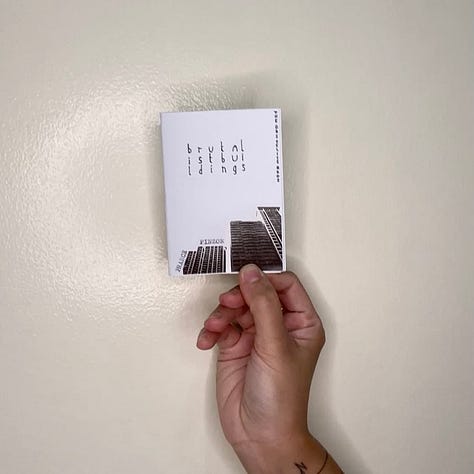
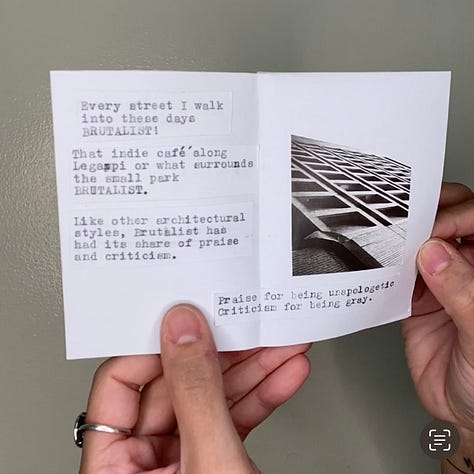
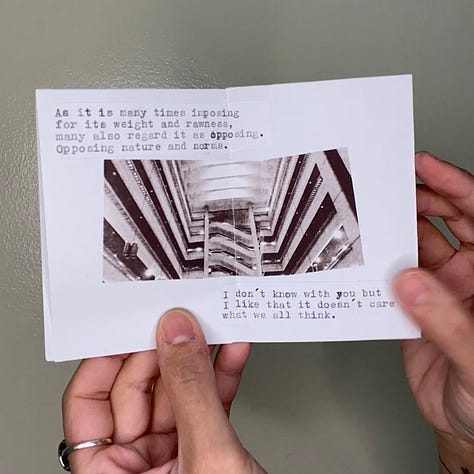
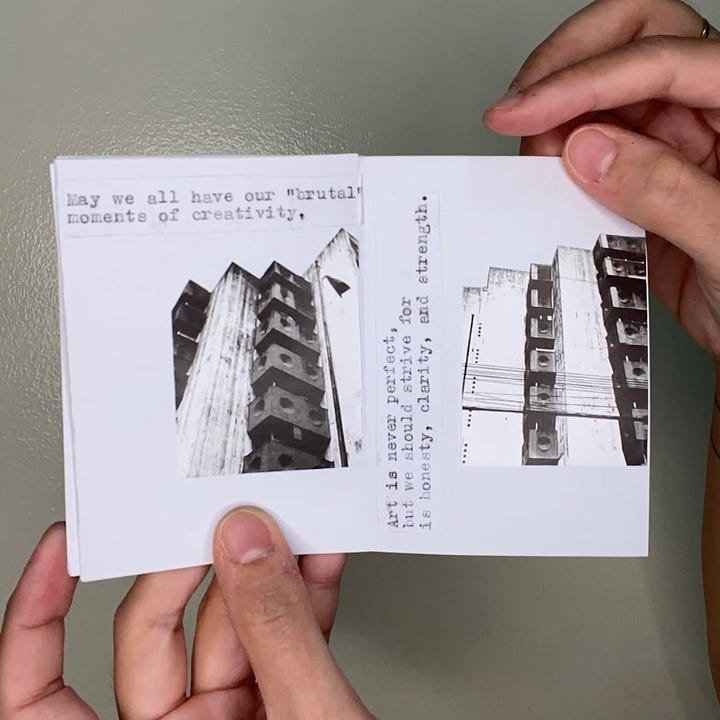

There is no ‘perfect city,’ and that’s okay
Brutalism has outgrown its utilitarian persona and now can be treated as a symbol of raw honesty. Amid the world’s desire for newer, shinier things at the push of a button, Brutalist buildings continue to stand out for being their crude, gray, and unapologetic selves. And what exactly of these aging constructions in Makati?
Makati, especially when you compare it to the far more historic Manila and much fresher Bonifacio Global City, in Taguig, in the last decade, is at a crossroads and has been looking to reinvent itself. Even its now former mayor, Abby Binay, recognized the considerable upsides to updating a transition city’s image, through infrastructure projects and citizen benefits.
I can’t blame the mayor, though. As I did my late afternoon walk, from multiple angles, you can spot how the financial center needs serious self-reflection. Some suggest a massive facelift, while others say it’s only delaying the natural death of a city center. Many buildings that were built decades ago are now gathering rust, cracks, and cobwebs. Yet somehow, the Brutalist buildings stand tall and proud, and I bet they will continue to encapsulate the unique personality of Makati.
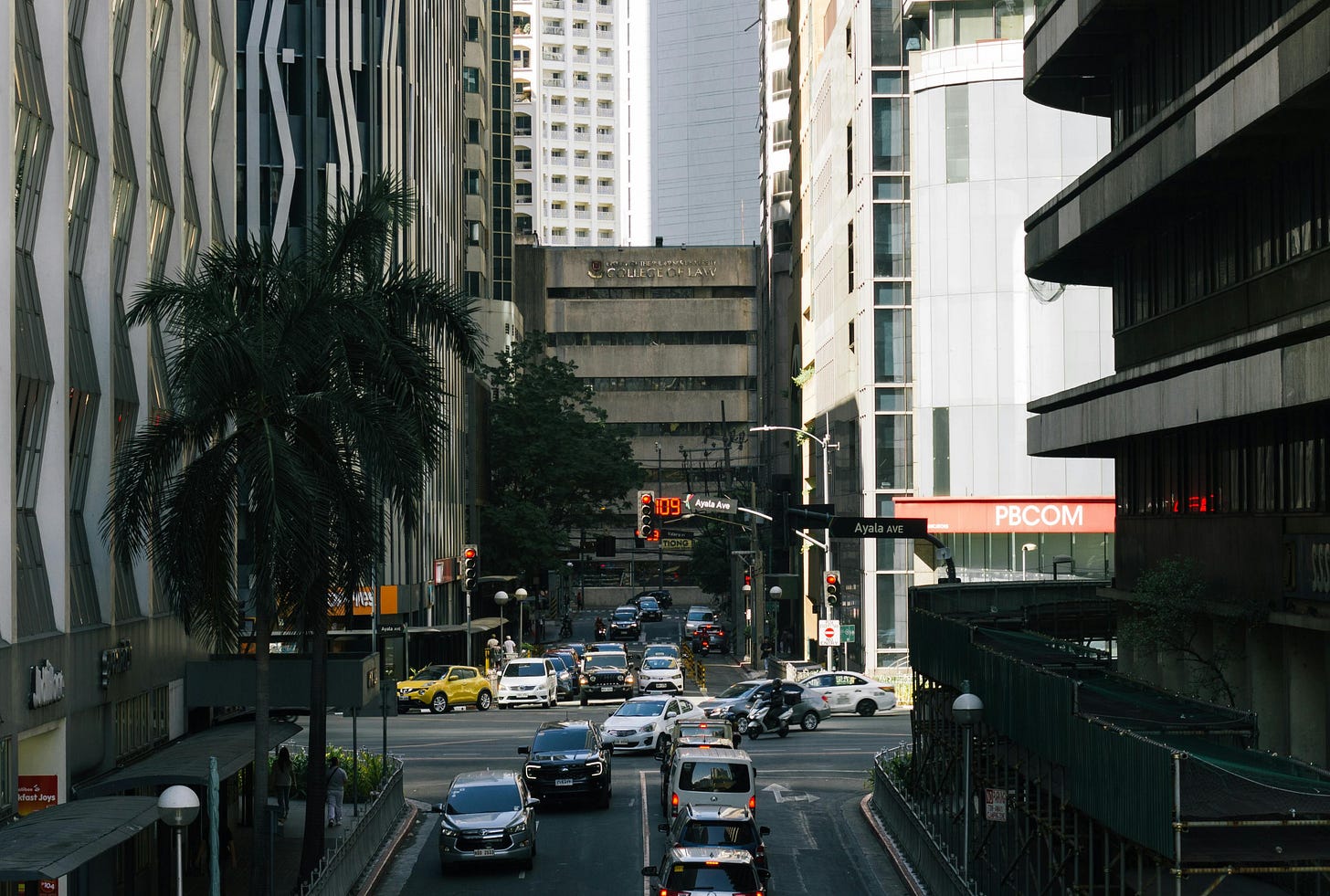
Say what you will about Brutalism being for the reconstruction of war-torn places, Makati was co-built with both grit and ingenuity that is Brutalist. Makati may be a city in a midlife crisis, but it shouldn’t focus on copying the others; instead, it should stick to its strongest suit of being authentic, diverse, and edgy.
In the end, choosing to revamp the look of the neighborhood is inevitable. After all, what is broken needs to be fixed. But my request is not to knock down the few Brutalist buildings left scattered in the city. This is not to deter innovation, but to counter their intimidating presence with our humility, serving as a reminder for the urbanites to always move with intention and sincerity.∎
NOTE: If you would like to know why I’ve chosen zine making, I’ve explained it in Issue #001, titled “A Musing Holy Week in Makati.”
What are your thoughts on Brutalist buildings? Share your thoughts in the Comments section.
One more thing: If you enjoyed this post, I’d really appreciate it if you gave it a <3! And if you haven’t already, don’t forget to Subscribe by clicking the button below.
If you’d like to express your support by giving a tip, feel free to send it through my Buy Me A Coffee account ☕ or Ko-fi account. Your generosity encourages me to keep this newsletter active. Thank you!






This is really neat! I love the concept and presentation! I also subscribed since I’m so intrigued 💙
This was a cool read. It’s interesting to hear how the architecture leads itself to your creative writing. This also makes me think of the buildings of the story world of Dune as well.